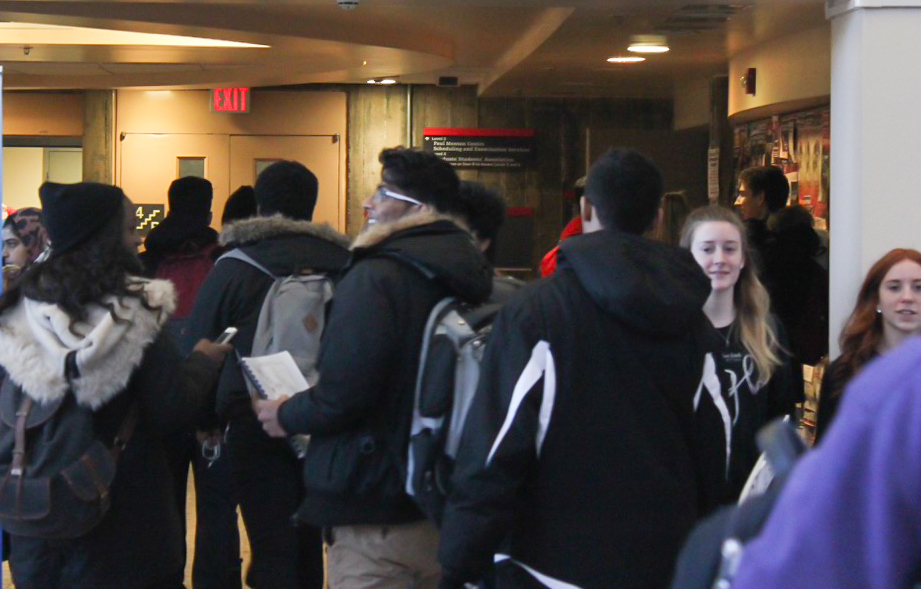Canada’s post-secondary population surpassed two million students in 2014, according to data published by Statistics Canada.
The rise in student enrolment is a result of a 2.5 per cent increase in the number of international students since the previous academic year, and foreign students make up about 10 per cent of total enrolment. Enrolment in the 2013-14 academic year reached 2,048,019—about 5.7 per cent of the Canadian population.
While international enrolment has risen steadily for more than two decades, the percentage increase between 2013 and 2014 is lower than the 6.9 per cent rise between 2012 and 2013.
Most international students came from Asia, with China being the most common country for international students in Canada.
Female students accounted for 56.3 per cent of total enrolment. Female enrolment also saw increases in business, management and public administration, humanities, social and behavioural sciences, and law fields.
Enrolment increased the most in architecture, engineering, and related technologies programs.
Glen Jones, a professor at the University of Toronto and research chair for the Ontario Institute for Studies in Education, said there is nothing new about post-secondary enrolment patterns, which have seen growth for more than 30 years.
“It’s surprising that there isn’t a larger international student enrolment . . . because it hasn’t been a big government priority. There’s little government interest and support,” he said.
Jones said Canadian post-secondary institutions are attracting thousands of international students annually due to the fact Canadian universities have cheaper fees than the United Kingdom and the United States. He added some universities may recruit more international students than others.
“Universities do the recruitment themselves, each individual school has their own strategy and some choose to spend more of their pension on recruitment than others,” he said.
David Robinson, the executive director of the Canadian Association of University Teachers, said while international students are necessary for diversifying the student population, some schools rely on them for revenue through higher tuition fees.
“By relying on international students for revenue and putting a price on them, it sends a wrong message,” he said. “We should not be exploiting international students. We need to maintain our academic integrity of our institutions.”
Robinson said universities shouldn’t be run like a business, and more government funding is needed in order to pay for the post-secondary education system.
“Education has an intrinsic value,” he said. “To have the ability to understand, there can’t be a price put on education because it’s essential to us.”
He added that despite the large international student population in Canada, diversity is constrained by the fact that many foreign students come from wealthy backgrounds in Asia.






